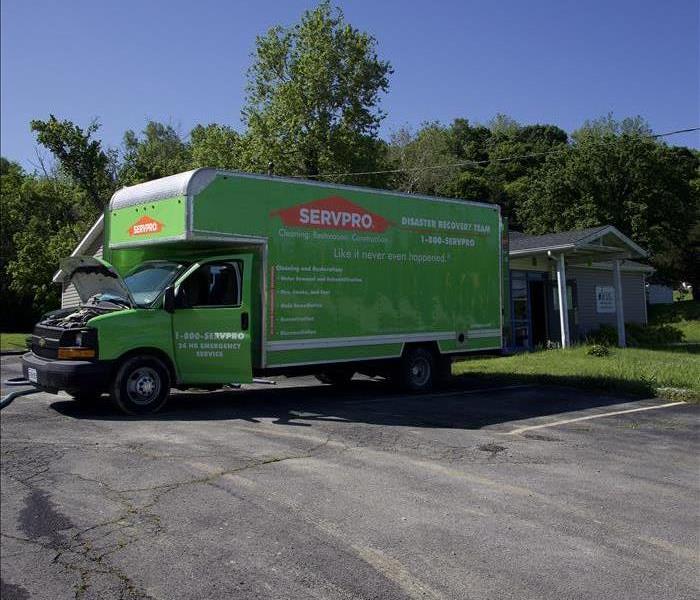Signs of Mold Infestation: What to Look For
11/13/2024 (Permalink)
 If mold is found, experts can also provide guidance on the best course of action to remediate the issue.
If mold is found, experts can also provide guidance on the best course of action to remediate the issue.
Mold is a common issue in homes, especially in areas with high humidity or past water damage. If left untreated, mold can cause significant structural damage. Recognizing the early signs of mold infestation is crucial to prevent costly repairs and protect your home. Here, we’ll cover the key indicators of mold growth and when to seek professional help.
Visual Signs of Mold Growth
Visible mold is one of the most obvious signs of a problem. Mold can appear in various colors, including black, green, white, or orange, and it often shows up as spots or streaks on walls, ceilings, and other surfaces. Mold thrives in dark, damp environments, so check under sinks, behind appliances, and in basement corners.
Common Locations for Mold Growth
- Bathrooms: High moisture from showers and baths makes bathrooms a prime spot for mold. Inspect around tiles, grout lines, and near any leaks.
- Kitchens: Mold can grow around sinks, dishwashers, and refrigerators. Be sure to check behind appliances and inside cabinets.
- Basements: Due to higher humidity levels, basements are susceptible to mold. Look for it on walls, floors, and around windows.
- Attics: Poor ventilation and roof leaks can lead to mold growth in attics, particularly around roof vents and chimneys.
Musty Odors: A Hidden Sign of Mold
Even if mold isn’t visible, you might notice it by its smell. Mold produces a distinct, musty odor, often compared to the smell of wet socks or rotting wood. This odor is a strong indicator that mold is growing somewhere in your home, even if it’s hidden behind walls or under flooring. If you detect a persistent musty smell, it’s essential to investigate further.
Water Damage and Stains
Water damage is a major precursor to mold growth. If your home has experienced any water damage—from a leaky roof, burst pipe, or flooding—inspect the affected areas for mold. Water stains on ceilings, walls, or floors are red flags that moisture has seeped in, possibly creating the ideal environment for mold to thrive.
Discoloration and Peeling Paint
Mold doesn’t always appear as distinct spots; sometimes, it manifests as discoloration or peeling paint. If you notice areas where the paint is bubbling, cracking, or peeling away, it could be a sign of moisture build-up behind the walls, which can lead to mold growth. Discoloration, such as yellow or brown patches on walls or ceilings, is another indicator that mold might be present.
Warped Walls and Flooring
Mold can cause structural damage if left unchecked. Warped walls or buckled flooring are signs that moisture has penetrated deep into your home’s structure. This is often accompanied by mold, especially in areas with past water damage.
When to Call in the Experts
While many signs of mold can be detected through a visual inspection, some mold issues may be hidden within walls, under flooring, or in other inaccessible areas. In these cases, it’s crucial to bring in a professional mold inspection service. According to the Environmental Protection Agency (EPA), around 85% of U.S. homes have some level of moisture that could lead to mold growth.
Professional mold inspections can provide a thorough evaluation of your home using tools like moisture meters and infrared cameras to detect hidden mold. If mold is found, experts can also provide guidance on the best course of action to remediate the issue and prevent future infestations.
Mold can cause significant damage to your home, but by staying vigilant and knowing what to look for, you can catch infestations early and address them before they become serious. Regularly inspect areas prone to moisture, and be on the lookout for visual signs of mold, musty odors, and water damage.
If you suspect mold in your home, contact SERVPRO® of Clayton/Ladue. Our team of experts is equipped to handle mold inspections, remediation, and restoration, ensuring your home is safe and mold-free.





 24/7 Emergency Service
24/7 Emergency Service